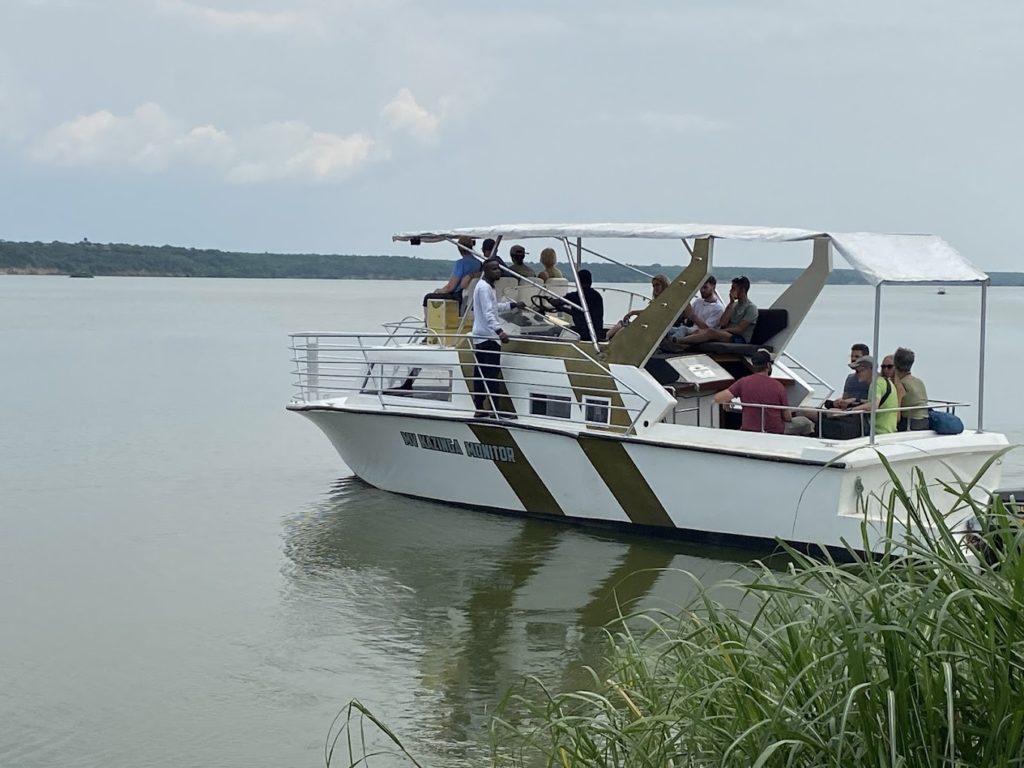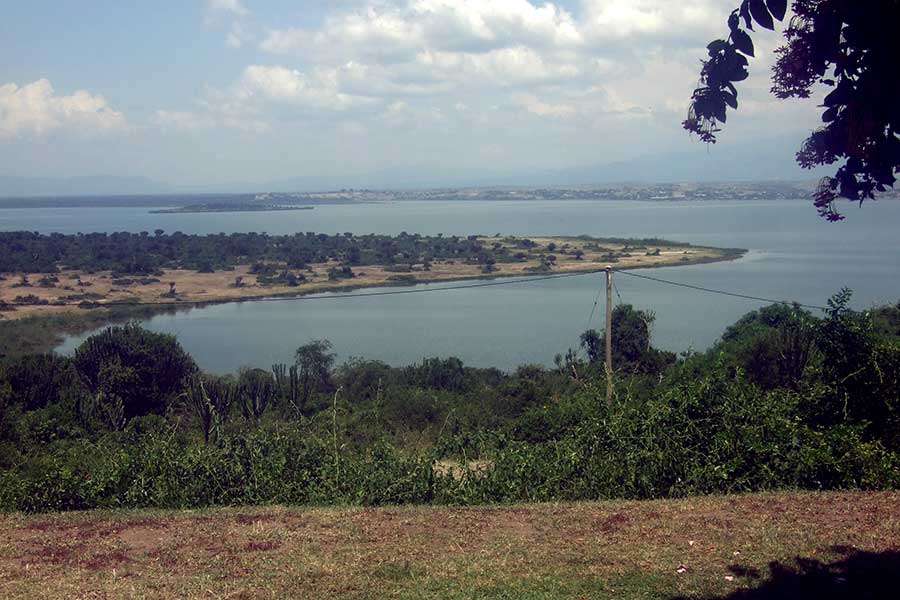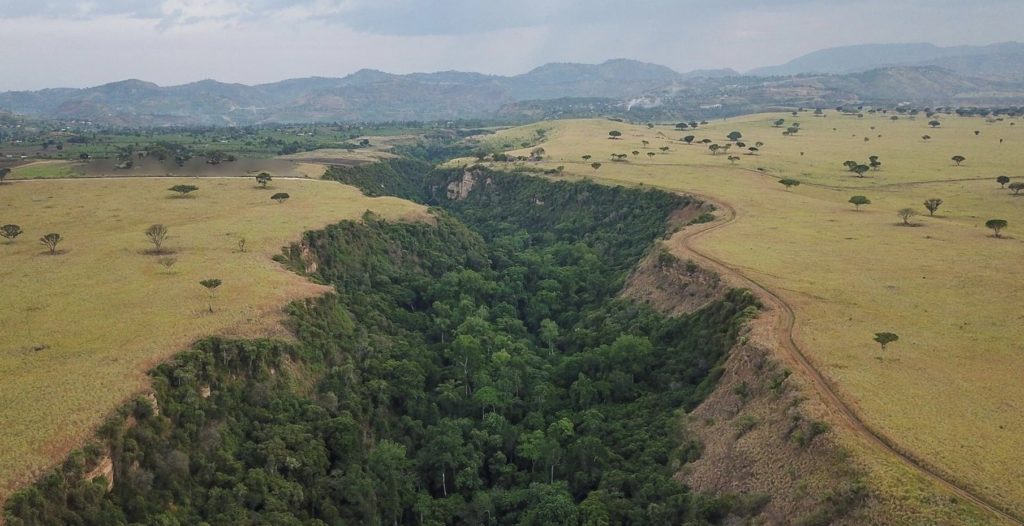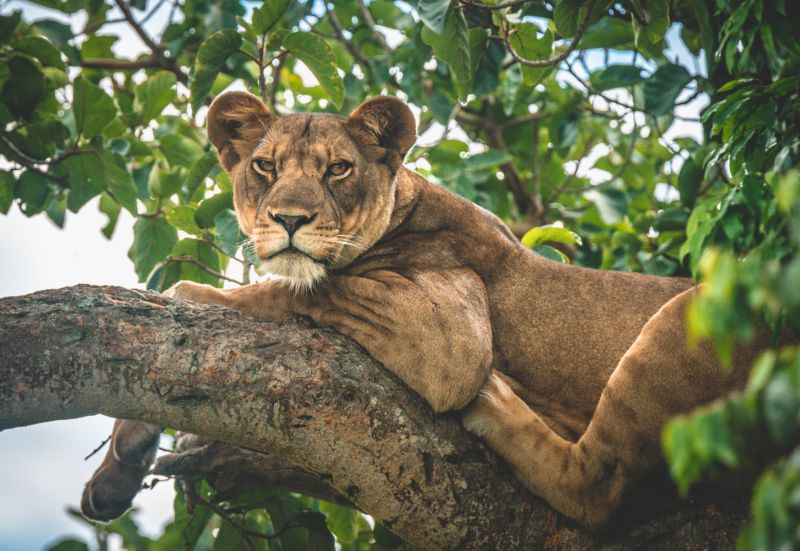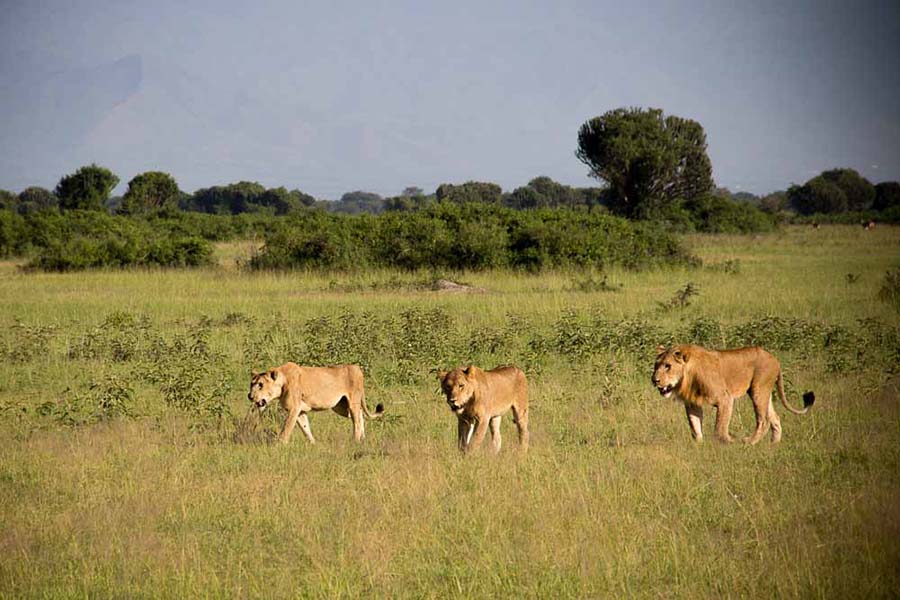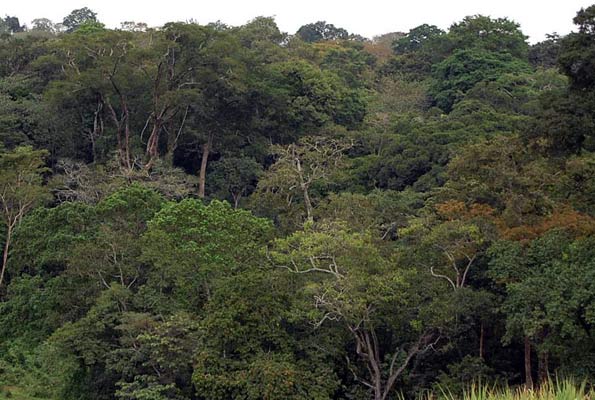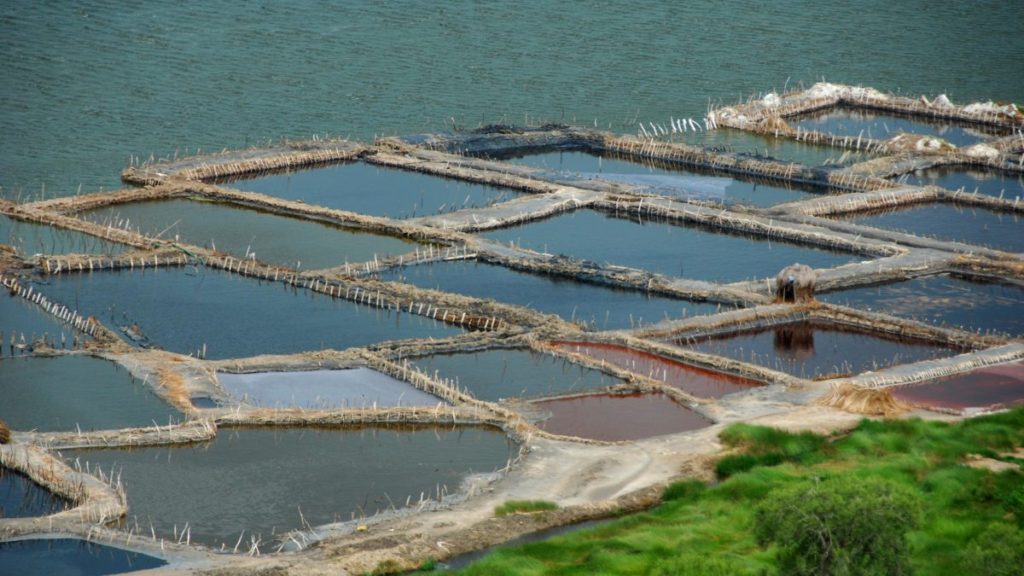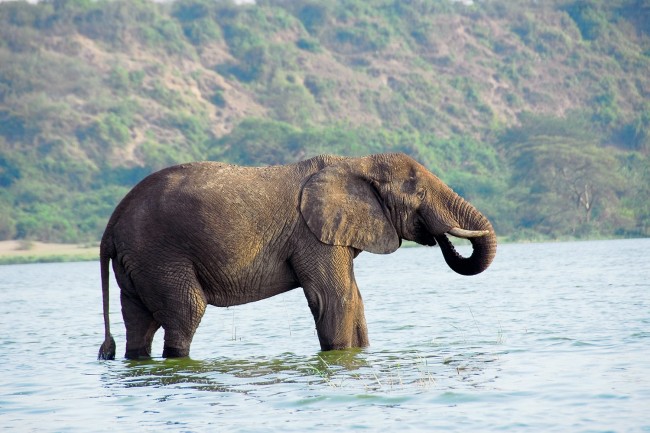Guide to Queen Elizabeth National Park
A comprehensive guide for discovering Queen Elizabeth National Park in Western Uganda. This guide provides unique travel guidance including activities, destinations, attractions, maps, accommodations, recommendations, and all the necessary details for organizing your wildlife safari in Uganda. The area of 1978 square kilometers is surrounded by the Ishasha River and Lake Edward to the west, the Kyambura Gorge and Kalinzu Forest Reserve to the east, the Rwenzori Mountains to the north, and the Kigezi Wildlife Reserve to the south.
The park is a component of a large interconnected network of protected places, including the Kigezi Wildlife Reserve (265km2) and Kyambura Wildlife Reserve (154km2), Kalinzu Forest Reserve, Kibale National Park (766km2), and the Virunga National Park (2000km2) in the adjacent Democratic Republic of Congo. The Rwenzori Mountains National Park is located a short distance to the north.
Why Visit Queen Elizabeth National Park
Queen Elizabeth National Park is the most beautiful and diverse national park in Uganda. This internationally renowned ecological reserve is situated in the Albertine Rift, making it a remarkable geographical site.
The valley is situated at an elevation of 914 meters above sea level, and it is located at the base of the Rwenzori Mountains, which reach a height of 5,100 meters. Discover diverse ecosystems including lakes, rivers, expansive savannas, acacia woodlands, tropical forests, and extensive marshes. The park sustains a remarkable diversity of 95 animal species and more than 600 species of bird. The park’s entire area of fewer than 2,000 sq km is an impressive figure, second only to the bigger Virunga National Park in Congo among African parks.
Where to visit in queen Elizabeth national park Uganda
What to know About queen Elizabeth national park Uganda
Queen Elizabeth National Park is among the most renowned national parks in Uganda. Queen Elizabeth National Park in Uganda offers an excellent environment for an African wildlife safari due to its different habitats, such as expansive savanna, shady and humid woodland, stunning lakes, and lush wetlands. The park harbors iconic large mammals, such as big game, as well as 10 different primate species, including chimpanzees. Additionally, it has an impressive diversity of avian life, with over 600 kinds of birds.
The park offers stunning views of the Rwenzori Mountains, with 72 large craters carved into green hills, panoramic views of the Kazinga channel lined with hippos, buffalo, and elephants, and the Ishasha plains, where lions hide in fig trees, waiting to attack Uganda kob herds. The Queen Elizabeth National Park, comprising an area of 1978km2, is situated in an attractive spot on the bottom of the rift valley, nestled between Lakes Edward and George. This diverse landscape consists of several habitats that provide a home to an impressive variety of wildlife, including 95 different mammal species and an astonishing 612 species of birds. In 1981, Douglas Willocks provided a detailed account of the various characteristics that contributed to its establishment in 1952. There is currently no superior introduction or more alluring incentive to visit the park.
The area possessed a diverse range of scenic features. To the north, at a distance of thirty miles, the Rwenzori mountains rose abruptly from the plain. This mountain range is a complex and rugged formation, stretching sixty miles in length and forty miles in width. In some lighting conditions, the mountains appear to be within arm’s reach. To the west, the Mitumbe hills loomed as guardians on the Congo, seeming blue in the distance but green and densely forested up close. They were steep, inhospitable, and represented the essence of the most remote and mysterious parts of Africa. The tranquil green escarpment of the western Rift Valley demarcated the eastern edge of this potential park. The vast expanse of savanna stretched amidst the hills, mountains, and lakes, with the prominent feature being the recurring pattern of the cactus-like branches of the candelabra euphorbia tree.
The awe-inspiring landscape is mostly a result of the presence of the Rwenzori mountains located outside the park’s limits. The park is situated on the bottom of the rift valley, with an elevation that increases from 910m at the Kazinga Channel to 1390m in the Explosion Crater area, resulting in a rise of 480m. Due to its low altitude and proximity to the equator, the temperatures in this area can reach warm levels, ranging from an average minimum of 18°C to an average maximum of 28°C. The park experiences annual precipitation of up to 1250mm, with the majority occurring in the months of March to May and September to November.
Must do Activities In Queen Elizabeth National park Uganda
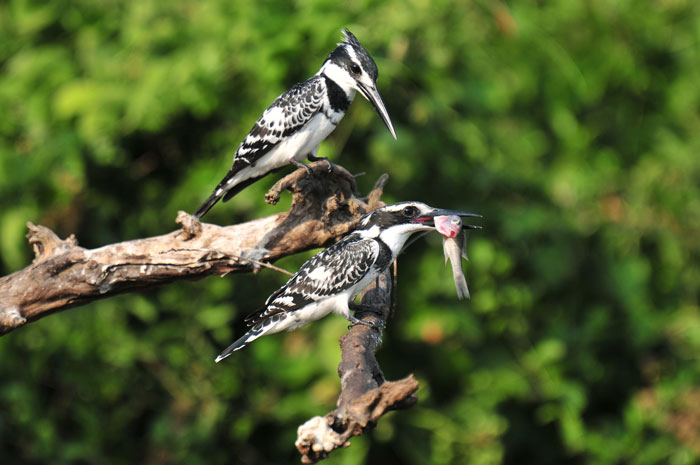
Bird watching in Queen Elizabeth National Park
Bird watching in Queen Elizabeth national park is possible throughout the year, but the optimal time is during the dry season from May to September. This period experiences less rainfall, resulting in abundant food for birds.
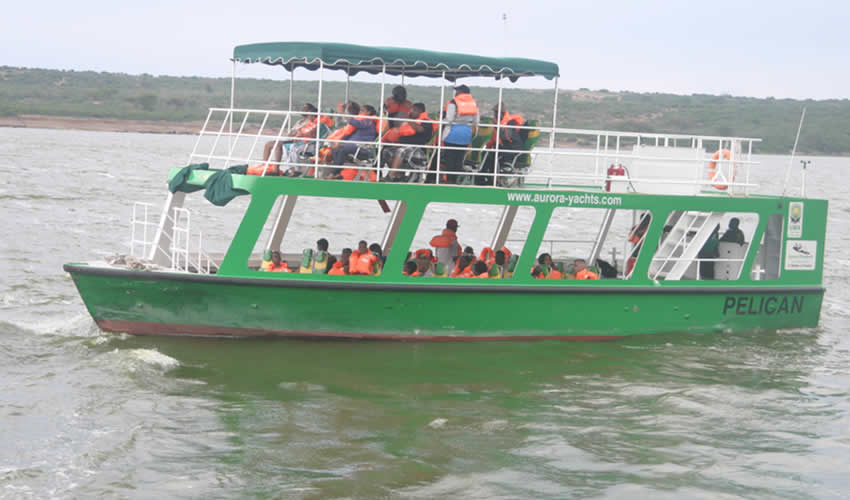
Boat Cruise long kazinga channel
Experience the Kazinga Channel boat cruise. The Queen Elizabeth National Park is among the two largest and one of the finest national parks in Uganda. It is situated in the western area, spanning across the districts of Kasese,
Chimpanzee Tracking in Kyambura Gorge
Kyambura Gorge offers an excellent opportunity to observe the solitary habituated Chimpanzees of Queen Elizabeth National Park in Africa. Chimpanzee tracking at Kyambura Gorge, located in Queen Elizabeth Park
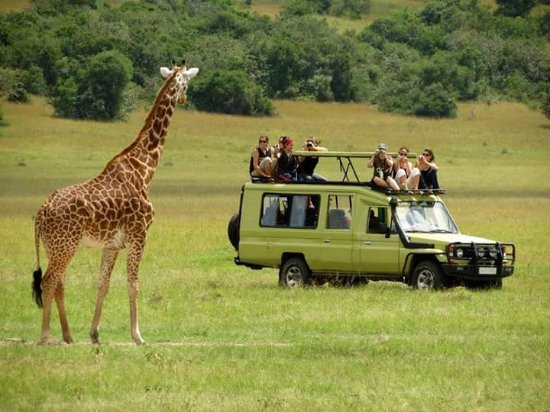
Game Drives in Elizabeth National Park
Queen Elizabeth National Park is a habitat for a diverse range of wildlife species, including the “big four” mammals: buffaloes, elephants, lions, and leopards. Additionally, the park is home to various other animals
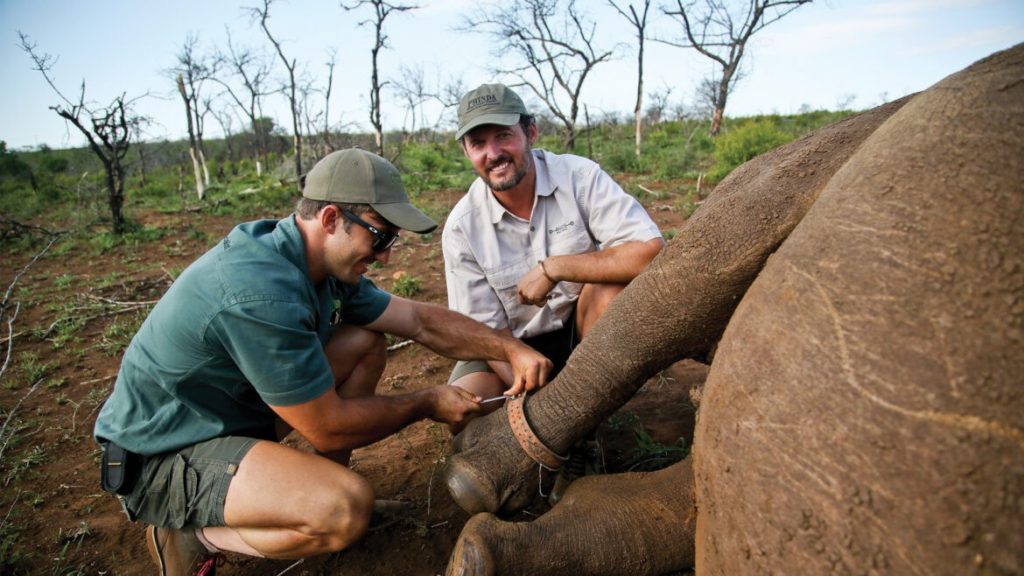
WildLife Research Tour in Queen Elizabeth National Park
Kyambura Gorge offers an excellent opportunity to observe the solitary habituated Chimpanzees of Queen Elizabeth National Park in Africa. Chimpanzee tracking at Kyambura Gorge, located in Queen Elizabeth Park
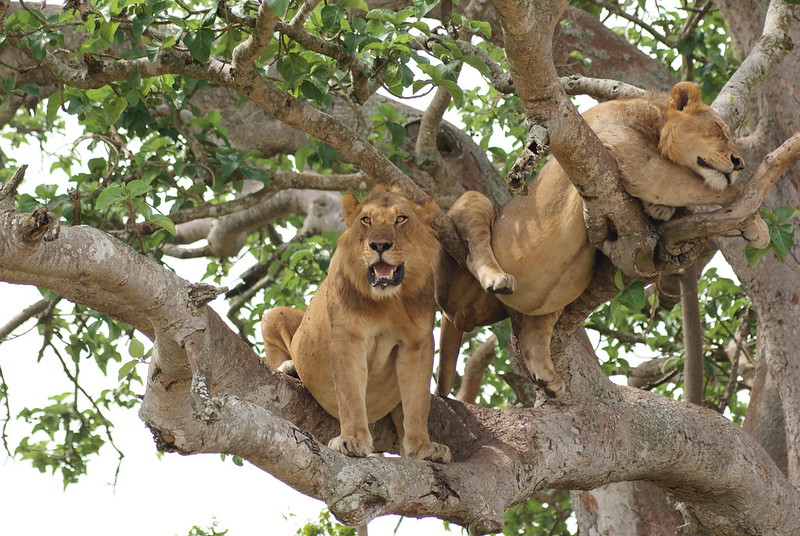
Experience Tree Climbing Lions Ishasha
The tree-climbing lions of the Ishasha sector are found in the southern region of Queen Elizabeth National Park, the second largest national park in Uganda, surpassed only by Murchison Falls National Park. The Ishasha area is renowned
Where to stay in Queen elizabeth national park
During your overhead expedition to Queen Elizabeth National Park, it is essential to allocate at least one night for accommodation in either Entebbe or Kampala before the commencement of your safari to Queen Elizabeth, as well as at the conclusion of your journey. This will enable you to stay informed about the scheduled departure and return times of your trip, as well as minimize the possibility of missing the flight due to uncertainties such as lost luggage or missed connecting flights to Entebbe during your journey to Uganda.
The accommodations available in Queen Elizabeth National Park vary in price and quality, ranging from affordable options to more upscale and luxurious ones. Some budget accommodation options are Pumba Safari Lodge, Elephant Hab Lodge, and Bush Lodge. The cost for staying at these lodges is between 90 and 100 dollars per night, per person. Some mid-range accommodation alternatives include Buffalo Safari Lodge, Enganzi Lodge, Irungu Safari Lodge, Park View Safari Lodge, and Ihamba Lakeside Lodge. The prices for these lodges range from $100 to $200 per night per person.
Some of the luxury accommodation alternatives available are Kyambura Gorge Lodge, Mazike Safari Lodge, Katara Lodge, Mweya Safari Lodge, and Kasenyi Safari Camp. The cost for staying at these lodges ranges from $200 to $400 per person per night.

